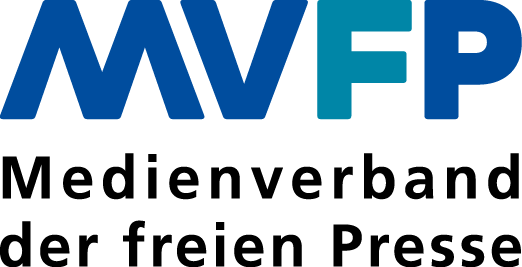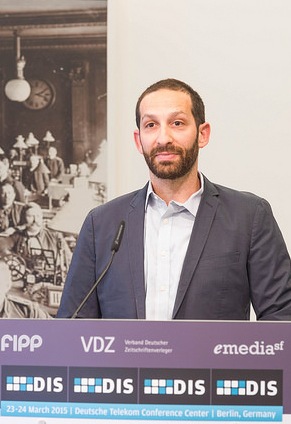Pinterest head of international on how to get discovered and drive traffic
What is Pinterest?
Launched in May 2010, Pinterest is a visual discovery tool that helps people find and save creative ideas. As opposed to a plain search engine, which can return factual results within seconds, this platform provides the reader with ideas and inspiration, answering questions which are not specific or objective. Pinterest, which runs on an ad-based revenue model, enables users to go from the very broad to the specific while undertaking what Crystal calls “The Pinner Journey” – firstly, just looking; secondly, maybe I could (when users start pinning ideas); thirdly, narrowing it down and lastly, I know what I want. These steps correspond to awareness, consideration, preference and purchase respectively.
How does Pinterest work?
What makes Pinterest stand out is the fact that it’s building a discovery engine with content curated by people, not computers. “There’s always something for you on Pinterest”, Crystal said. The way the platform works is simple: people discover your content (through the search function, home feed, category feed or boards in their community), they organise pins on boards and finally, they revisit those boards when they’re ready to take action.
Pinterest currently has 30bn pins organised by people into more than 750m boards, a number growing by 25 per cent every quarter. The significance of a pin is that “someone thought something of yours was good enough to be saved or shared at a later time”, Crystal added. The potential of a pin is that it can live on many boards at the same time, under a different name, for example: running a 10k marathon can be both on a board of “turning 40” and “New Year’s resolution”.
How to make the most of Pinterest
Pinterest has more than 70m monthly users and two thirds of what people pin come from professional destinations. Crystal pointed out that “people on Pinterest need publishers and brands to make their ideas a reality” and some examples of companies using the platform right in Germany are Bauer Digital, essen&trinken and Fit for Fun.
Publishers can do a number of things in order to grow their Pinterest presence and ultimately drive traffic back to their brand:
- Get the 'Pin It' button – this enables both users to add content from your website to their boards and companies to add their own content to boards. A pin is pinned 11 times on average, which leads to people clicking and returning the traffic.
- Create a profile and add great content – put Pinners first, curate your collection and focus on high quality.
- Promote your Pinterest presence – use editorial, email and social to drive awareness of your Pinterest profile, as many readers who are already on the platform need to become aware that you are too.
- Verify your website and explored Pinterest Analytics
- Use 'Rich Pins' – these have additional metadata for accessing extra information; for example, Article Pins will show a headline, author and story description.
A relevant feature currently only available in the US is Promoted Pins, which are targeted by an advertiser and promoted, but look like regular pins. When using these, Crystal stressed, it’s important that they are “tasteful and transparent, as well as relevant and prone to improving based on users’ feedback”.





